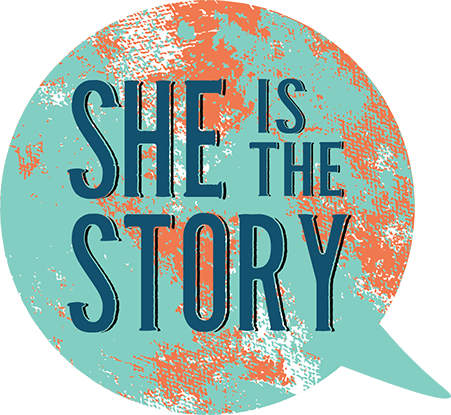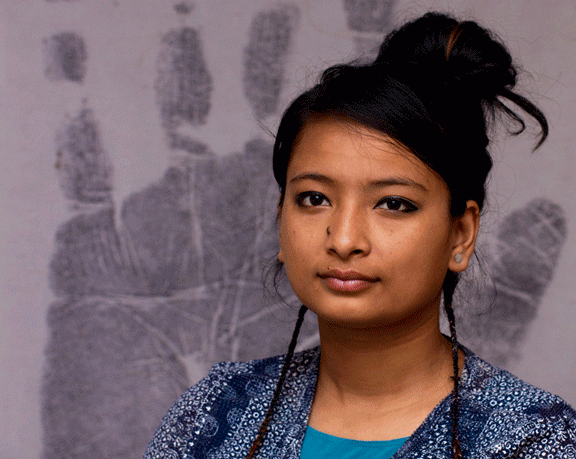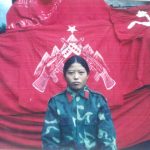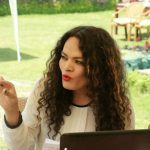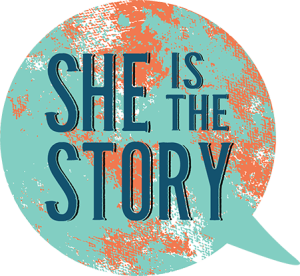My mother was an educator and my father a photography enthusiast. I don’t come from a family with an art background but art was always around me. My father with his photography and my mother who loved dancing. I started drawing when I was small. At a young age I realized that I could effectively communicate visually rather than verbally. In school when the teacher asked us what we wanted to be when we grew up, my friends would always say typical things like doctor and engineer while I always said I want to be an artist. It was always easier for me to understand life through art and pictures. I still have all my drawings till today.
After I finished high school we had a discussion at home about if art can be a profession. When I told my family I wanted to study art they thought it was a whimsical choice. Most people, including my family think that art is limited to painting; but art is beyond that. I chose to study sculpture. People expect young girls to daintily sit and paint a flower but here I was working with heavy wood, iron and mud. My clothes were often filthy covered with mud. They couldn’t understand why I would choose such a genre of art. My family would often question me saying things like “What other people in society will think? Who will marry you?” etc.
In hindsight, I think my family mostly supported my decision to become an artist but were afraid of what society would say. I didn’t dress up like most girls. Comfort was more important than fashion to me. I couldn’t go and make art wearing high heels. I didn’t wear jewelry or gold or bother about housework. Everyone called me a weirdo. I didn’t make any money. My parents were worried about looking bad in front of people because of my attitude.
Outside of home, the challenge started when I started my Bachelor’s and Master’s degree. I was an only woman among 17 boys in my class. This was difficult for me to cope with. In Nepal there are very few female artists but when I needed to prove myself I showed everyone what I was capable of. And slowly my family was also convinced.
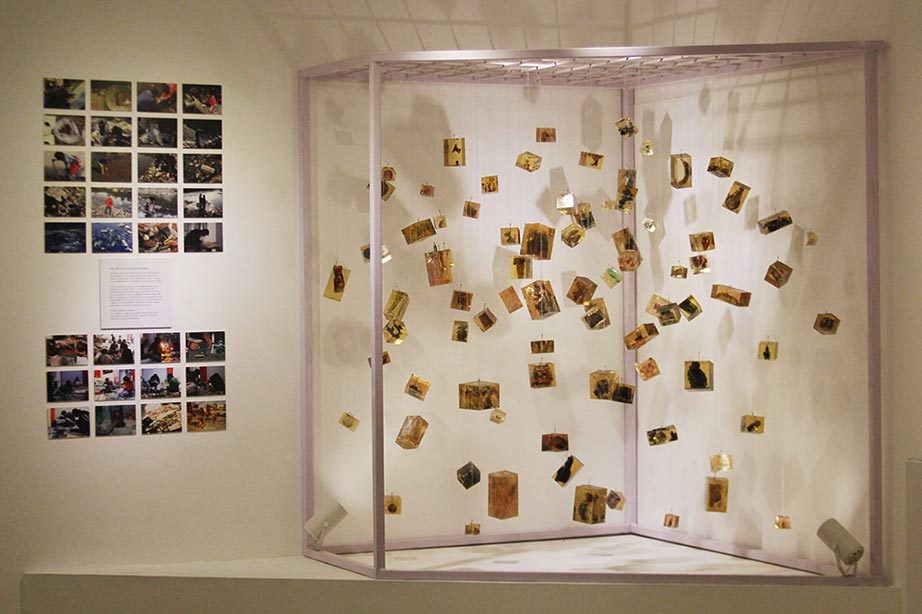
Truth of a Sacred River 2013
It was very difficult as the only girl in class when we studied human anatomy and had to make nude paintings. The guys in class were always excited to do nude paintings and I always felt very awkward. The boys in class would often demand a female model. But even in the rare occasion that we had a male model I would be very uncomfortable when I had to look at their lower body and draw it. Even looking at an image on a book was difficult. Slowly I started making it easier for myself and told myself that even doctors had to go through the same situation so its very normal.
The first body of art I created was about how Kathmandu had changed in such a short time. How have the changes affected people’s lives? What is change? Is there development just because there is an increase in population in a city?
I had not worked on women’s issues until then. In 2008, my subject for my art was abortion. But even this wasn’t from a female reproductive rights point of view. It was more like: why do people abort? How is the fetus affected? Why is the ratio of abortion rising? What kind of physical pain does one go through?
My family never really discriminated between me and my brother. But there came a time when I felt discriminated against and it was when I had my first menstruation. I wasn’t allowed to enter the kitchen. They had a separate plate for me to eat from. If I touched someone while on my period, they would have to take a bath. On top of that I couldn’t understand the physical changes and psychological effect I was going through. At those particular moments I regretted being born as a girl. I didn’t know how to handle the pain during my period. Slowly I understood and was able to handle the situation. Slowly changes were made in my house as well and today we have no such ‘untouchable’ system.
I didn’t earn any money for a long time after I finished my school. It was like being an outcast from society. Most people could not understand what we, art students, were doing. They thought we didn’t care about our future. Art was not common profession like doctor and engineering. Until and unless people can’t feel what art is, they can’t describe it. So I don’t blame society for its misconception of art.
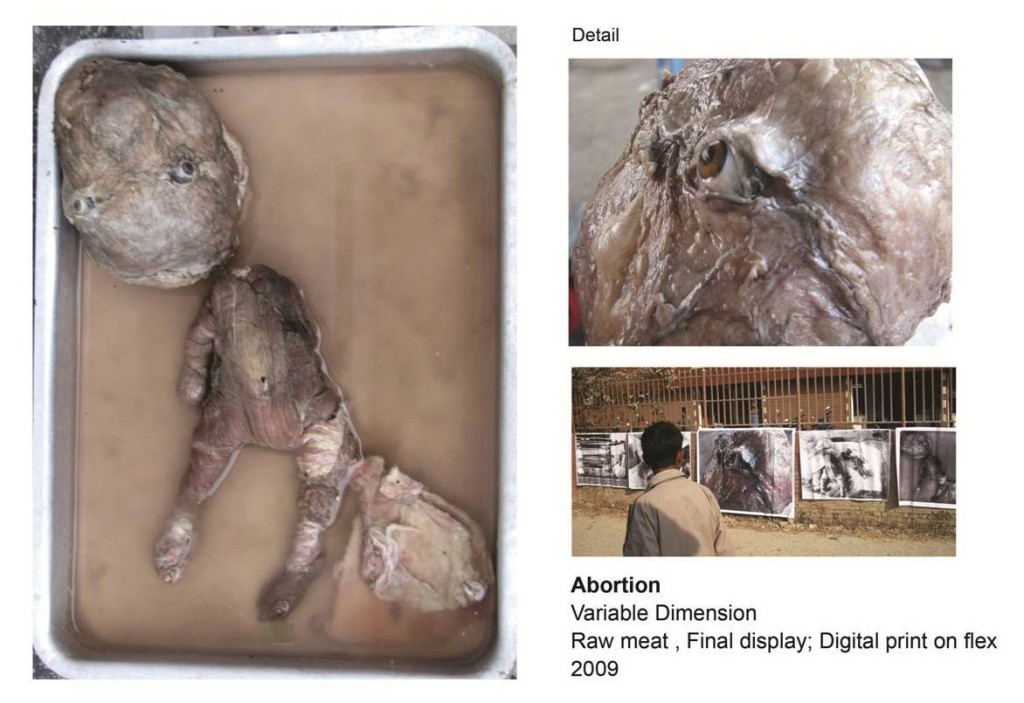
Art is the perception of people. Art is a visual language. Humans are visual creators.
Symbols have been created and interpreted since pre-historic time. People like me are humans who are aware of social, political and critical changes. We feel the effect of changes around us and often chose it as our subject matter. Most of the time my work, even though it’s personal it reflects political and social issues. I have always been interested in making art that gives critical information rather than make something decorative. I want people to think about the message that the art is conveying.
As an artist we do experience-based work. So the art work may differ in terms of experience of an individual. Because I had felt discrimination during menstruation I decided to do a body of work on menstruation and sanitary pads. The whole industry of sanitary pads was very interesting to me; here is something that is so taboo but there are people working in an industry that profits from it. Who are these people I wondered?
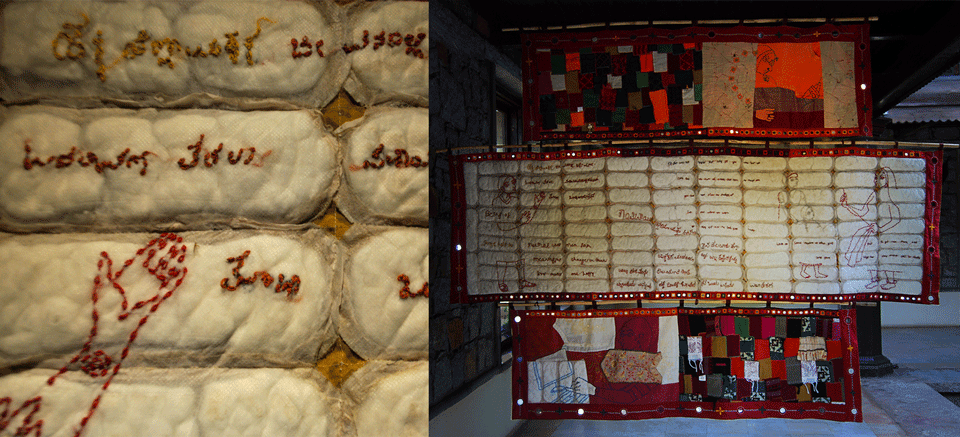
The Un mourning Song 2014
In 2014 I went to a remote village in India to work on the taboos related to menstruation. This was a village where most men worked in a sanitary pad factory. I interviewed a man working there and was pleasantly surprised to find that he was happy and unabashed of his work. He felt like he was helping women by making it possible for them to perform their daily activities and be comfortable. I collaborated with men and women who created sanitary pads and women who embroidered as part of my project. I exhibited my work all over. People and mostly girls were shocked by this exhibit. Many girls told me it was disgusting.
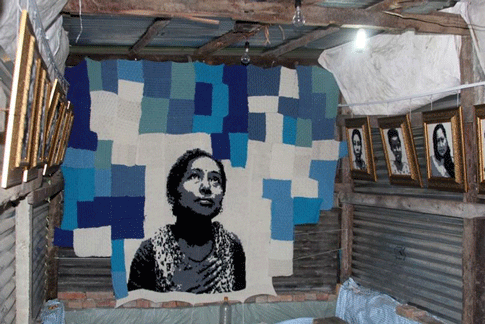
After the earthquake last year, I started working with women from Bhaktapur utilizing their knitting skills. We knitted big portraits.
I chose the idea of a portrait because in history you can almost never find portraits of common people. It is a rare thing. Mostly rich powerful people would have their portraits painted by artists. The women knitted each other faces and we displayed it in golden frames that give it a regal look. I wanted the women to feel royal.
My boyfriend is a Gurung and me a Newar. At first my family opposed our relationship because we belong to two different ethnicities. But eventually they agreed and we got married.
I had never thought of changing my last name after marriage. Neither me nor my husband care about it but we get so much pressure from our communities about it. I cannot understand how legally women are made to identify with the men in their lives. This entire system is setup to make women inferior than men. Maybe I never had thought about it seriously before but now it haunts me to realize that after birth we are identified by our father’s name and then by our husband’s name.
My husband is from Lamjung but he’s been living in Kathmandu for a long time. After my marriage people tease me saying I have become Lamjunge (someone from Lamjung). It disturbed me. Will our children be Lamjunge after their birth? They will be half Newar and half Gurung from Kathmandu, won’t they? I do not wear sindur. I don’t believe in fasting for a man as women in Nepal do. People are telling me that my husband won’t have a long life as a consequence. All of these experiences are showing me how deep discrimination is rooted in our society. How lightly people take these things. They call it a ‘woman’s fate’ not thinking that it’s a socio political construct that rules over us. This is the inspiration for me to start my new projects.
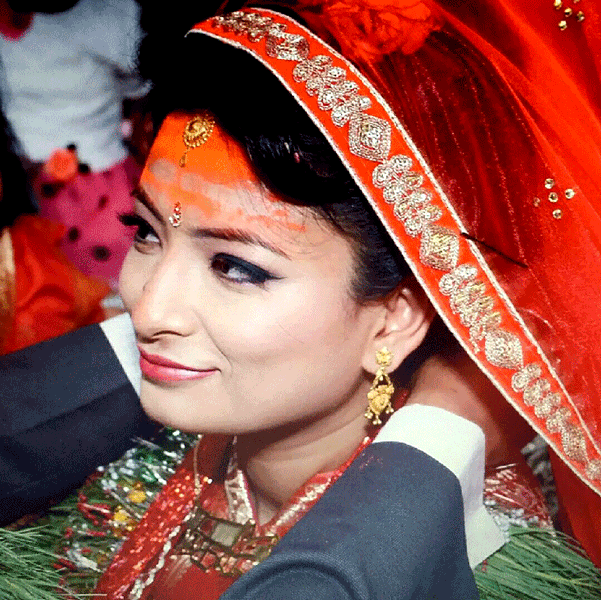
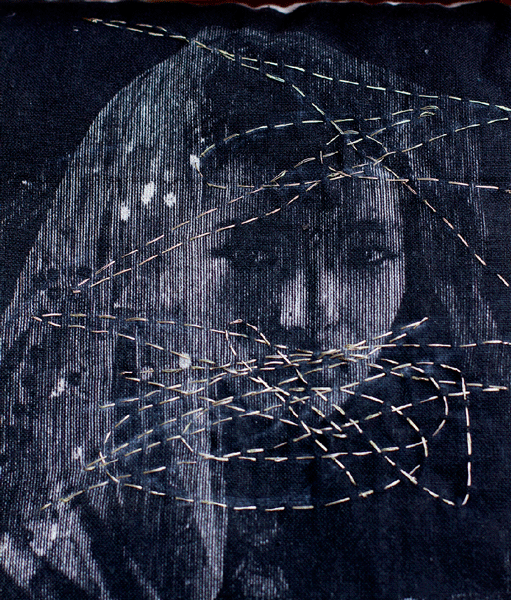
Agony of the New Bed 2016
I have met many women who are strong and have changed taboos. What did they have to go through? In my own way, I will also fight against these taboos that exist in our society. I am planning to exhibit the menstruation project at the Asian Contemporary Art Exhibition in Korea. I am also exhibiting the art from Bhaktapur in Denmark next month.
I will continue making art and using it to express social political messages.
